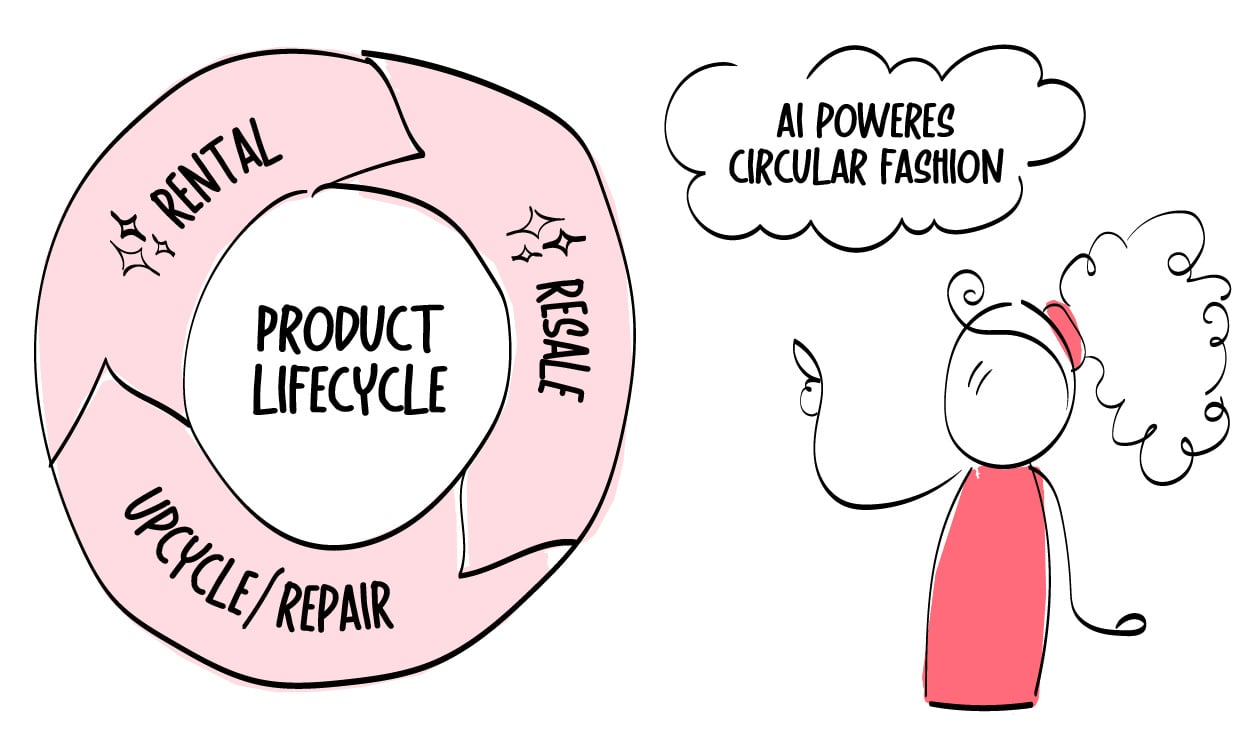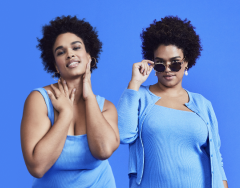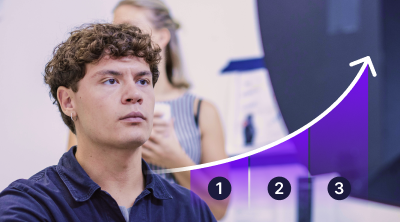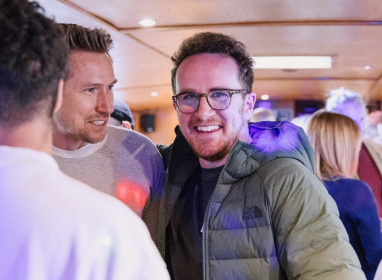
A weekly newsletter exploring the intersection of creative operations, technology, and online retail.
#016: Smarter, Not Smaller: The Future of Sustainable Production
I was watching Buy Now! The Shopping Conspiracy on Netflix the other night and one thing stuck with me: Fashion’s waste problem is out of control. Overproduction. Sky-high return rates. An endless cycle of excess.
The obvious fix is to just produce less. But is that really the right move? For studios, the demand for content is relentless. More assets. Faster turnaround. Higher volume. But instead of scaling back, what if the real opportunity is in producing content smarter?
AI is already eliminating workflow inefficiencies and reshaping content creation. Could it also reduce waste and build a more sustainable production model? Maybe the real question isn’t how much we produce but how well we produce.
Because for studios, that shift changes everything.
Let’s talk about why.
The Real Fix for Waste? Smarter, Not Smaller, Production
Fashion's waste problem is undeniable. But slashing production isn’t the real answer.
As I watched the documentary, I started jotting down four ways AI coule make a real difference in helping studios and brands create high-quality content while reducing waste, lowering costs, and staying competitive.
Let’s start with one of the biggest pain points: sampling.
1. Smarter Sampling: Cutting Waste Before It Starts
Sample production is one of the most wasteful and time-consuming processes in the industry today. Most fast fashion brands manufacture samples in countries like India or Bangladesh, then ship them to Europe or the U.S. for review.
After making adjustments, they repeat the process—ordering new samples, shipping them back, and making further tweaks—often cycling through multiple iterations before finalizing a production-ready version.
AI and 3D visualization are poised to change this.
Instead of relying on physical samples at every stage, brands can refine designs digitally, testing fabrics, textures, and fits in a virtual environment. This would dramatically reduce the need for physical prototypes, speeding up approvals and slashing logistics costs.
In an ideal workflow, brands would require only a single, production-ready sample—eliminating waste while accelerating time to market. This is one of the most promising areas for improvement in fashion production.
2. AI-Powered Precision: Cutting Returns at the Source
Returns are one of retail’s biggest challenges—both financially and environmentally. The main culprits? Inaccurate sizing, misleading colors, and product imagery that fails to match customer expectations.
AI is helping brands tackle these issues head-on.
Smarter product descriptions, AI-assisted color matching, and personalized sizing recommendations ensure customers get exactly what they expect before they click “buy.” The result? Fewer returns, lower shipping costs, and a reduced environmental footprint.
But this isn’t just about better product data.
High-quality, personalized content can address the root causes of returns, providing clearer, more accurate visual and written product details. Content creation is no longer just a branding exercise for studios but a key factor in reducing waste and boosting profitability.

3. Virtual Models & Digital Production: The Future of Photoshoots
Flying in models for photoshoots has long been standard practice, but it comes with logistical, financial, and environmental costs. That’s why production is increasingly moving toward virtual solutions.
Instead of flying models worldwide for a single campaign, brands could license digital likenesses or work with hyper-realistic virtual models. While real models would still play a role, their physical presence would become less necessary as brands integrate digital versions into virtual productions.
This wouldn’t just be a cost-saving measure but a game-changer for creative flexibility. Virtual production would allow for consistent branding, faster turnaround times, and the ability to shoot anywhere, anytime, without travel constraints, location permits, or weather conditions.
For studios, this shift would be profound.
4. Beyond New: The Rise of Recommerce & Circular Fashion
Fashion isn’t just about selling new products anymore, but keeping products in circulation. Brands are increasingly investing in rental models, resale programs, and upcycling initiatives, recognizing that sustainability is a business advantage.
Take Nuuly, for example, a brand offering a rental-based model where customers can rent items instead of purchasing them outright. By contrast, Patagonia’s Worn Wear program follows a different approach, enabling customers to return used products for resale.
AI is helping brands scale these efforts by identifying which products have resale potential, automating content creation for secondhand inventory, and even personalizing recommendations for customers interested in recommerce.
For studios, this expands the role of content creation. It will no longer be just about launching new collections but building a visual ecosystem that supports the entire lifecycle of a product, from first sale to secondhand resale.

Less Isn’t The Goal. Smarter Is.
I don’t buy the argument that sustainability means cutting back. That’s a dead end. Economic growth has to be part of the equation. Because when industries grow, they invest in better solutions. The wealthier businesses become, the more they can implement AI-driven efficiencies, smarter workflows, and sustainable production.
Studios aren’t just producing content but shaping how products are marketed, sold, and even resold. The real opportunity won’t be doing less but doing things smarter. Instead of asking how we can reduce consumption, we need to ask how to eliminate waste while keeping businesses competitive.
That’s the conversation worth having.

|
Thomas Kragelund Follow me on LinkedIn. |
Get Content Insider In Your Inbox.
The weekly newsletter packed with actionable tips, industry trends, and insider insights from Creative Force CEO Thomas Kragelund. Stay ahead in creative production and online retail—subscribe now to gain the insights you need to drive growth and stay competitive.



